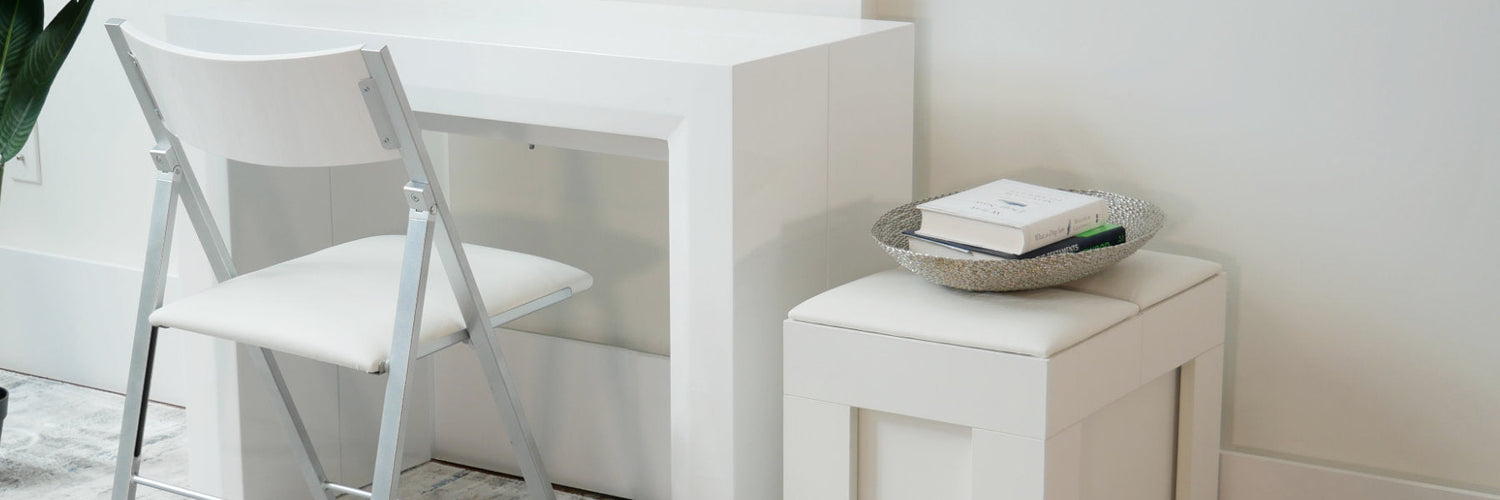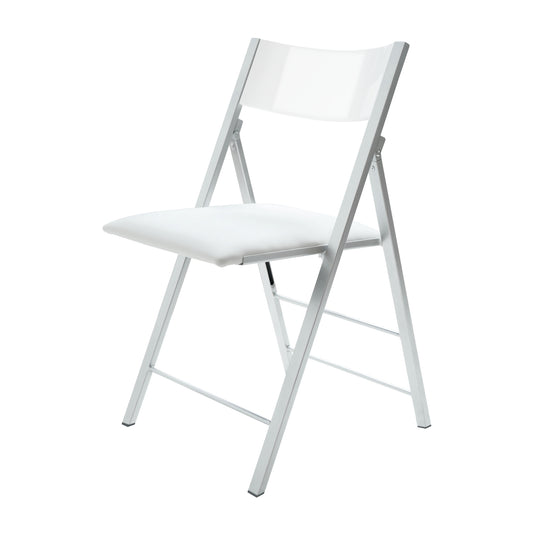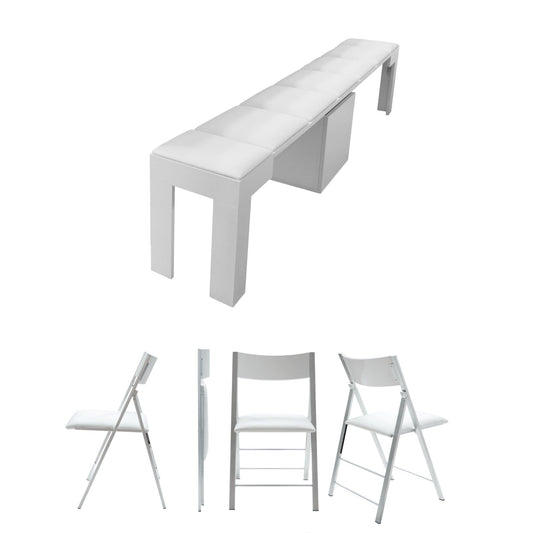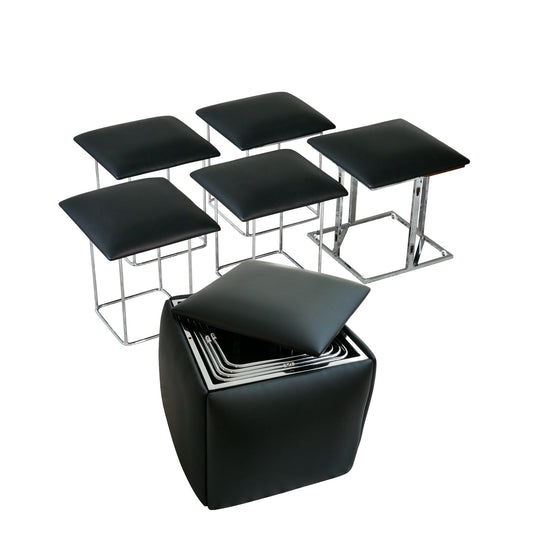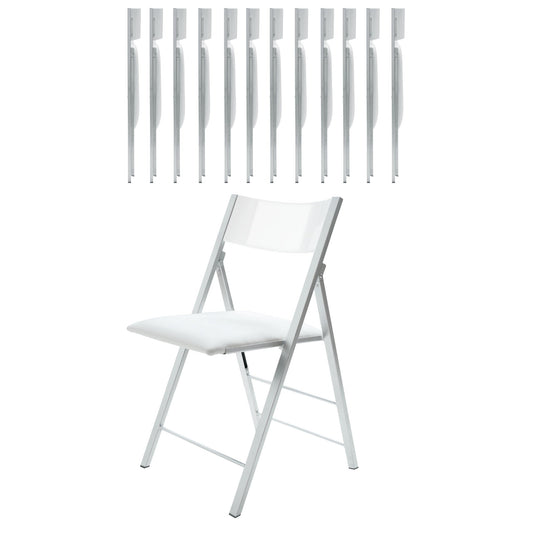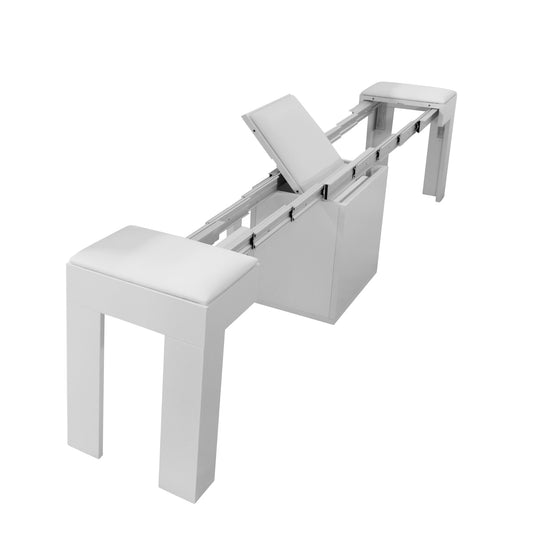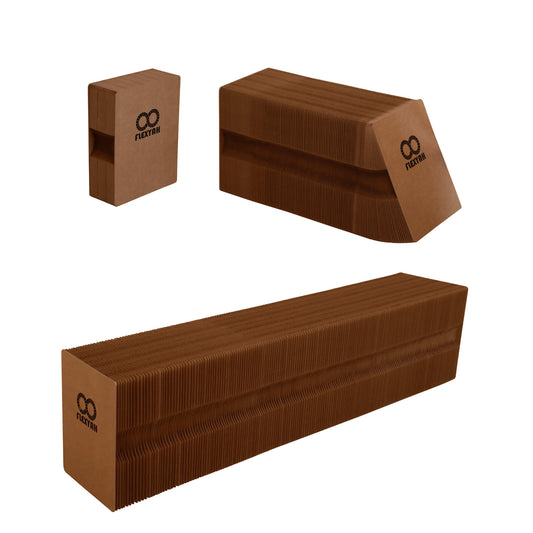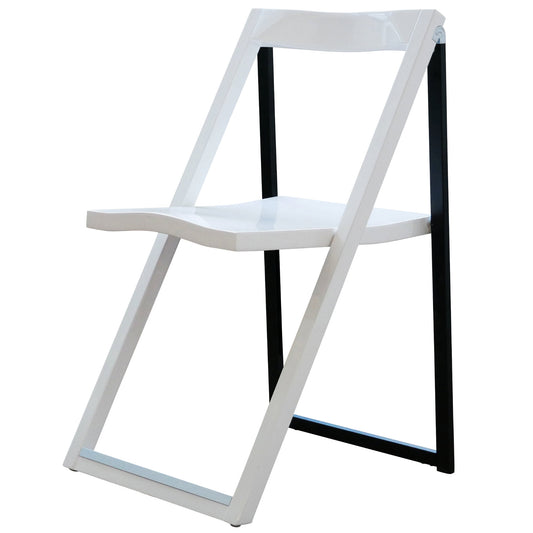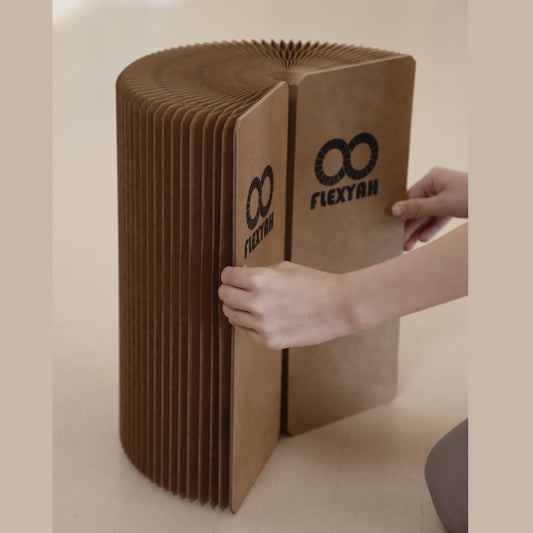Credenzas have been around for hundreds of years dating back to the middle ages and are prized for their practicality and design. What began as a ceremonial table in medieval Europe has evolved into a staple piece of furniture in homes, religious institutions, and offices worldwide.
What is a credenza?
A credenza is a long, low piece of storage and display furniture that is normally placed behind sliding doors or drawers. In the past they were part of testing foods for poison. In the 1500’s to 1700’s they evolved and so did their primary purpose which became a way to store dishes, silverware, and linens in dining rooms. But through the years credenzas have been brought to:
- Living rooms (as media consoles)
- Home offices (for documents or equipment)
- Bedrooms (as stylish storage pieces)
Credenzas come in a range of styles and materials, from traditional wood to sleek metal or glass. Some sit directly on the floor, while others are elevated on legs. Their wide tops make them a perfect display surface for:
- Table lamps or framed photos
- Decorative bowls, centerpieces, or sculptures
- Plants, books, or magazines
- Awards and certificates
- Office tools or tech gear
Most credenzas fall within these size ranges:
- Width: 60–72 inches (5–6 feet)
- Height: 30–36 inches (around waist height)
- Depth: 16–20 inches
Not all types of furniture date back more than 600 years, so there’s a lot to learn about the history of the credenza. Below you’ll learn about the credenza’s origins as we trace its evolution through the centuries:
- Middle Ages (14th-15th Centuries)
- Renaissance (15th- 17th Centuries)
- 18th Century
- 19th Century
- 20th Century
- 21st Century
Whether you’re shopping for one, styling a space, or just curious, this guide has you covered.
Middle Ages (14th-15th Centuries)
In the 14th century, the word credenza came from the Italian word for “belief” or “trust,” which reflected the confidence placed in servants who performed food tasting for nobility. It wasn’t furniture at this point. A credenza was the ritual to prevent royalty or high-ranking clergy from being poisoned via food or drink.
Eventually, the word credenza began to refer to the room where food was tested, and then to the table or sideboard that held the food awaiting inspection.
By the late Middle Ages, credenzas started to evolve into a distinct piece of furniture. The most common materials for credenzas were wood and they were ornately carved or gilded as they were primarily found in wealthy homes, churches, and monasteries. In Catholic churches, credence tables (a term from the same root) became a vital part of the Eucharistic service, used to hold communion items.
The credenza’s origins in ritual, trust, and ceremony gave it a legacy that carried into the Renaissance.
Renaissance (15th–17th centuries)
During the Renaissance, the credenza evolved from a ceremonial act of food tasting into a refined and highly decorative piece of furniture.
By the early Renaissance, its original purpose had largely faded. The term credenza came to describe a sideboard or cupboard used in aristocratic households to store and display fine tableware, linens, and food. Despite this shift in function, the credenza retained its religious and noble associations, particularly in Italy, where lavishly adorned examples appeared in both private residences and churches.
Renaissance credenzas were typically crafted from premium woods such as walnut, oak, or chestnut and showcased exceptional craftsmanship. Many credenza built in this time frame had architectural elements like columns, pilasters, and cornices, along with intricate carvings of mythological or biblical scenes.
Some were further embellished with gilded accents, painted panels, or intarsia (an inlay technique using contrasting woods to create elaborate designs). Most featured a two-tiered structure, combining a closed cabinet below with an open shelf or hutch above for display.
These furnishings were far more than practical storage solutions. They also served as striking status symbols. Their scale, materials, and artistry reflected the wealth, education, and cultured taste of the owner.
In dining rooms, credenzas displayed fine silver, porcelain, and glassware, stored linens and serving tools, and functioned as serving stations during meals. In entry halls or studies, they housed books, documents, and decorative objects such as clocks, busts, or religious relics. In churches, the credence table continued to be used during the Eucharist to hold sacred vessels and communion items.
With their elegant woodwork, intricate carvings, and artistic finishes, Renaissance credenzas became focal points in interior spaces.
18th Century
By the 18th century, the credenza had become a fixture in Europe’s aristocratic homes. Its ceremonial origins were forgotten, but its function as both a decorative and practical piece of furniture continued to evolve.
More than just storage, the credenza had come to symbolize cultivated taste and social prestige. Its prominent placement in formal spaces signaled a family’s wealth, refinement, and ability to host with elegance.
Throughout this century, credenzas reflected the major furniture styles of the era, each leaving a distinct mark on their design and decoration:
- Baroque influence brought grandeur and drama with credenzas designed to be bold and elaborate, crafted from richly polished woods like walnut, mahogany, or ebony. They featured heavy carvings, gilded ornamentation, sweeping curves, and included mirrored panels, marble tops, and bronze mounts.
- The Rococo style introduced a lighter, more playful aesthetic that featured graceful cabriole legs, asymmetrical scrolls, and intricate floral motifs. Lighter veneers, painted surfaces, and soft pastel tones were also common.
- Neoclassical design marked a return to order and restraint, drawing inspiration from Greco-Roman art. These pieces emphasized symmetry, clean lines, and classical elements, such as fluted columns and medallion inlays. Satinwood, exotic woods, and metal inlays became popular materials during this period.
Dining rooms remained the primary setting for credenzas, where they were used to store and display serving dishes, silverware, linens, wine, punch bowls, and crystal. Credenzas became part of coordinated furniture collections alongside buffets, dining tables, and china cabinets.
Credenzas were also found in parlors and reception rooms, where they held porcelain, clocks, and family heirlooms. During the 1700’s they began being topped with mirrors, vases, or candlesticks that were arranged to enhance the elegance of the space and reflect the family’s status and style. Similar to how luxury hotels and restaurants have displays as you enter their lobbies now.
19th Century
In the 19th century, the credenza underwent significant changes in both form and function, mirroring shifts in design trends, technology, and social dynamics. The credenza became more widely available and began to serve a broader range of purposes.
Early 19th-century credenzas, influenced by Neoclassical design, emphasized symmetry, clean lines, and classical motifs, such as urns, laurel wreaths, and Greek key patterns. These pieces were typically constructed from rich, dark woods, including mahogany, rosewood, and ebony, and often featured elegant decorative touches, including brass mounts, gilded accents, and marble tops.
As the century progressed, credenzas became increasingly ornate, especially during the Victorian period. Mid-to-late 19th-century designs featured elaborate marquetry, fine veneers, painted panels, and mirrored backs. They were commonly made from walnut, ebony, and exotic woods, and frequently incorporated inlays of ivory, mother-of-pearl, and brass.
Many Victorian credenzas featured curved glass doors or open shelving, making them ideal for displaying china, books, or decorative objects. Credenzas were often sold as part of coordinated parlor or dining room suites.
In dining rooms, they continued to serve a practical purpose (storing and presenting food, flatware, and linens) alongside matching tables, chairs, and cabinets. In parlors, however, credenzas were increasingly used for decorative display, showcasing porcelain, crystal, family photographs, and artworks. Some also found new roles in hallways or vestibules, providing elegant surfaces for lamps, clocks, or calling card trays.
The Industrial Revolution introduced new manufacturing methods that enabled mass production and made credenzas more accessible to the growing middle class. While finely handcrafted pieces remained popular among the wealthy, mass-produced versions became widely available through catalogs and department stores, helping spread popular styles and making once-exclusive designs more commonplace.
Toward the end of the century, a backlash emerged against the excessive ornamentation of Victorian furniture. Movements like the Aesthetic Movement and the Arts and Crafts Movement favored simpler, more restrained forms. Credenzas from this period often embraced rectilinear silhouettes, nature-inspired or Asian-influenced motifs, and emphasized craftsmanship over decoration.
20th Century
In the 20th century, the credenza underwent continued transformation, adapting to modern lifestyles, design philosophies, and evolving roles within the home and workplace, and moved beyond its decorative roots.
1900s–1910s
Continued from the late 19th century, credenzas from this period were rectilinear and made of oak or walnut and avoided excessive ornamentation. Function was just as important as form.
1920s–1930s
The Art Deco movement brought back decorative flair, but with a focus on streamlined, geometric elegance. Credenzas from this period showcased exotic wood veneers like macassar ebony and bird’s-eye maple, along with striking inlays of chrome, glass, ivory, or lacquer.
Their sleek silhouettes emphasized symmetry and featured bold design elements such as zigzags, chevrons, and mirrored finishes. These pieces served as glamorous focal points in both stylish homes and upscale commercial interiors.
1940s–1960s
The mid-century modern era is the most iconic period for the credenza. These credenzas embraced minimalist aesthetics, featuring flat surfaces, clean lines, and an absence of ornate carving. They were typically crafted from rich woods like teak, walnut, or rosewood and often paired with sleek metal legs or bases. Mid-century credenzas also served a variety of roles, like media consoles, buffets, or stylish office storage.
1970s–1990s
By the 1970s, interiors burst with bold colors, plastic laminates, and modular layouts, and credenzas followed suit. The playful post-modern designs of the 1980s then mixed historic touches with contemporary shapes.
In the workplace, credenzas became executive staples, paired with desks for extra surface area and file storage. At the same time, at home, they morphed into entertainment hubs, neatly holding TVs, stereos, and other media gear.
By the end of the 20th century, credenzas had fully embraced their multifunctional roles in both the home and the office. Credenzas now refer to a variety of low storage pieces with flat tops.
21st Century
In the 21st century, credenzas have continued to evolve to adapt to modern lifestyles, technology, and shifting design preferences. Today’s credenzas are more diverse, multifunctional, and integrated into everyday living more than ever before. Their low profile and extended surfaces make them a favorite.
No longer limited to dining rooms or executive offices, credenzas are now found throughout the home and workplace. Modern versions embrace clean lines, minimalist finishes, and functional features like sliding or hinged doors. Today, a credenza can just as easily function as a media console, display cabinet, home office storage solution, or entryway organizer.
Common uses for credenzas include:
- Media consoles to support flat-screen TVs and house streaming devices, gaming consoles, or sound systems
- Home office storage to store supplies, printers, and files in hybrid work environments
- Entryway or hallways for concealed storage and surface space
- Bedroom or closet extensions as dressers or linen storage
Contemporary credenzas combine materials like wood, metal, glass, or even concrete. Neutral tones, flat-front panels, and push-to-open doors contribute to a sleek, modern aesthetic.
Modular configurations are increasingly popular, allowing homeowners to tailor the layout to fit their space. Many models now include integrated features such as cord management, ventilation for electronics, built-in charging stations, and smart elements like motorized doors or lighting.
With the growth of remote work and smaller urban homes, credenzas also offer the ideal balance of function and form. Whether acting as a focal point in a living room or serving a practical role in a workspace, the modern credenza is both stylish and adaptable.
From royal dining halls to modern interiors, the credenza has come a long way. What started as a phrase in the Italian language and a symbol of trust and protection has evolved into a beloved staple of home design, effortlessly blending form, function, and history into one elegant piece of furniture.
